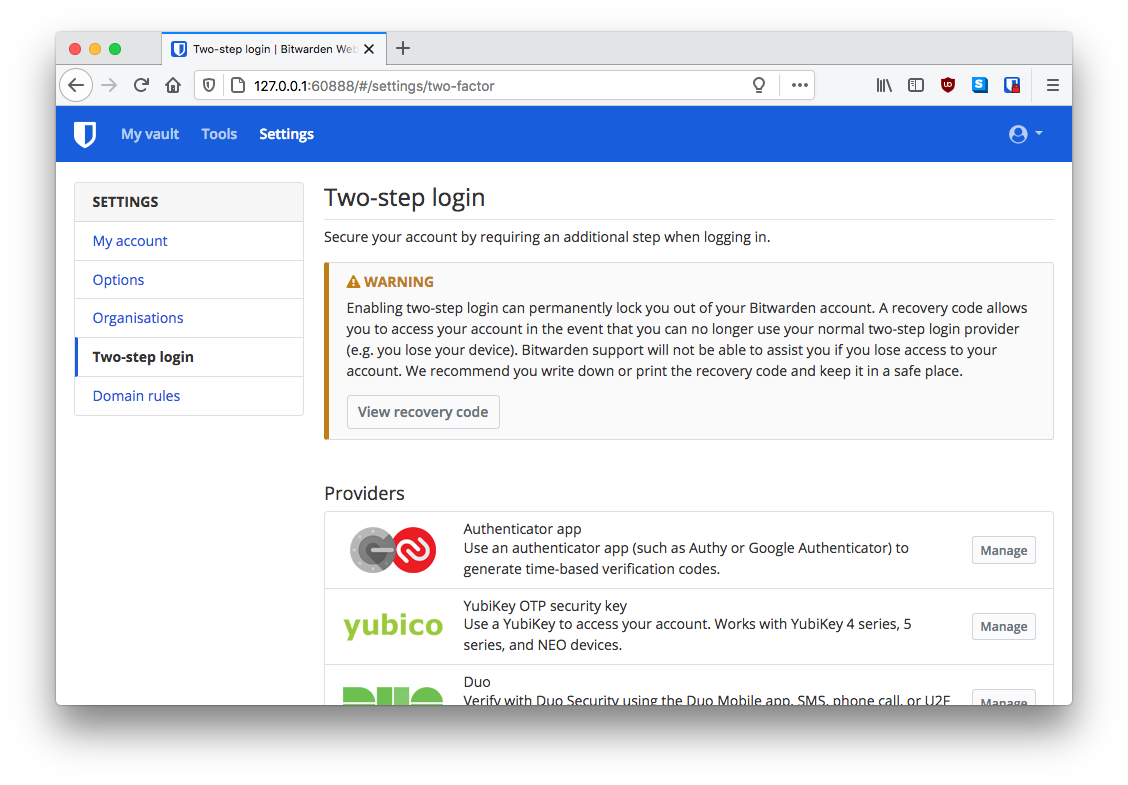

There are other ways, and you might run into them when you log in to your Google account on a new device. When you log in to a service you protected via 2FA, you're prompted to enter your current one-time password, and the service authenticates you. This secret is used to generate new one-time passwords periodically. To achieve that, your preferred 2FA app saves a secret code (a hash) in a secure enclave within your phone. Most of the time, 2FA works in conjunction with one-time passwords (OTPs) or codes generated by an extra app, which is what we focus on here. This ensures that even if your password leaks, a bad actor can't get into your account. SCROLL TO CONTINUE WITH CONTENT What is 2FA?ĢFA, or two-factor authentication, adds a second factor in addition to your password to the process of signing in to your account from a new device.


 0 kommentar(er)
0 kommentar(er)
